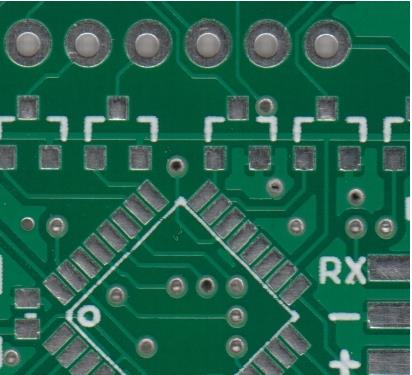1 Introduction
The hazards that may cause hazards and injuries fall into the following categories:
-electric shock;
-The danger related to energy;
-on fire;
-Hazards related to heat;
-Mechanical danger;
-Radiation;
-Chemical hazard;
PCB is an important part of a system, and the above items are very closely related to it.
It should be noted that there are many clauses regarding safety signs and safety instructions in the relevant standards. Only some clauses related to PCB design, debugging and installation and maintenance are listed here to attract special attention. If formal safety testing or certification is required, it should also be based on formal standards.
1.2 Safety signs
1.2.1 General guidelines for safety signs

The safety signs used on the PCB board should comply with the general guidelines for safety signs.
The language acceptable to the country where the equipment to which the PCB belongs should be used.
The mark required by should be durable and eye-catching. Considering the durability of the mark, the influence of normal use should be taken into consideration.
Check whether it is qualified by checking and controlling the mark. When controlling the mark, wipe it by hand with a cotton cloth dipped in water for 15 seconds, and then wipe it with a cotton cloth dipped in gasoline for 15 seconds. The mark should still be clear after the experiment is completed. The nameplate should not be easily removed, and there should be no curling.
1.2.2 Danger of electric shock and energy
On the PCB board, the pins of the components are all exposed on the surface, which is very likely to cause electric shock or energy hazard.
Any place on the PCB where electric shock or energy hazard may occur, such as the ELV circuit part, the primary circuit part, the secondary circuit part that has a safe voltage but reaches a dangerous energy level, etc., should be marked with a significant mark to prevent this danger The occurrence of electric shock or energy hazard may occur, may be in the operator's accessible area, and the page may be outside the operator's accessible area; the content of the logo should indicate that the dangerous energy level has been exceeded, and it should be accompanied by a hazard warning sign;
1.2.3 Fuse on PCB
Each fuse holder or nearby should be marked with a mark indicating the rated current, fusing characteristics (slow, fast, time lag), and explosion-proof characteristics (Low-breaking, high-breaking) of the fuse. If the holder can be equipped with fuses of different voltage ratings, the rated voltage of the fuse should also be marked.
Example: T2.5AL, 150V F3.15AH, 250V
6 complete signs should be added near the fuse, including fuse serial number, fusing characteristics, rated current value, explosion-proof characteristics, rated voltage value, English warning signs, such as F1F10AH, 250VAC, "CAUTION: For Continued Protection Against Risk of Fire, Replace Only With Same Type and Rating of Fuse."
The above are safety considerations in PCB design, and PCB manufacturers should pay attention to them.